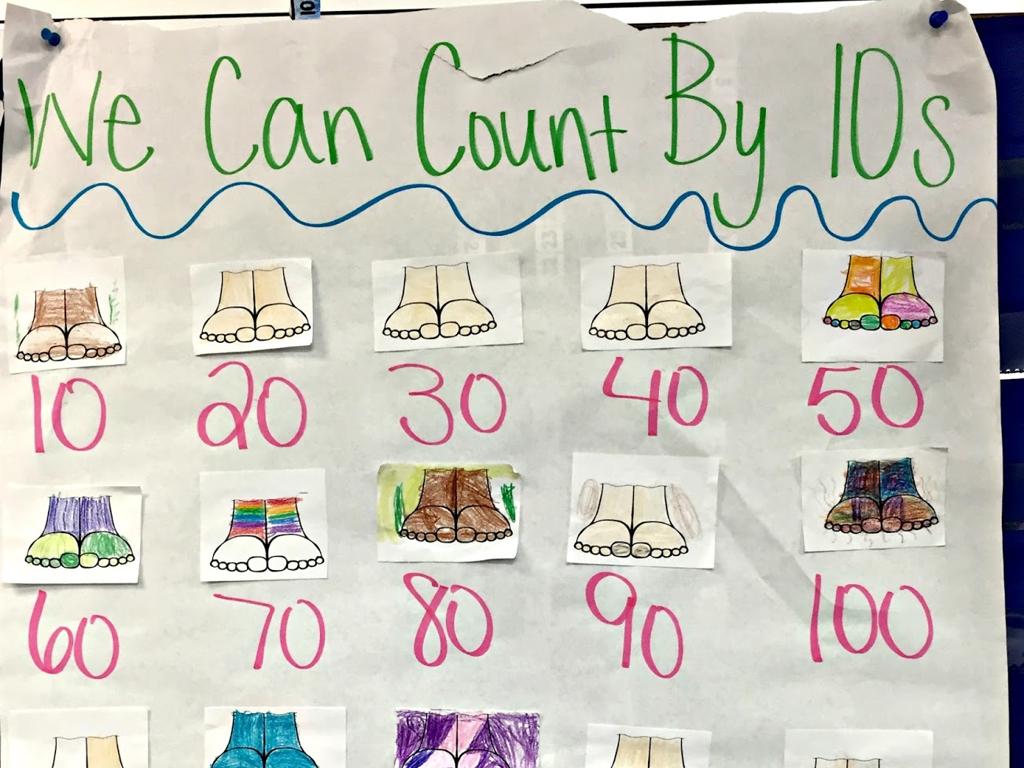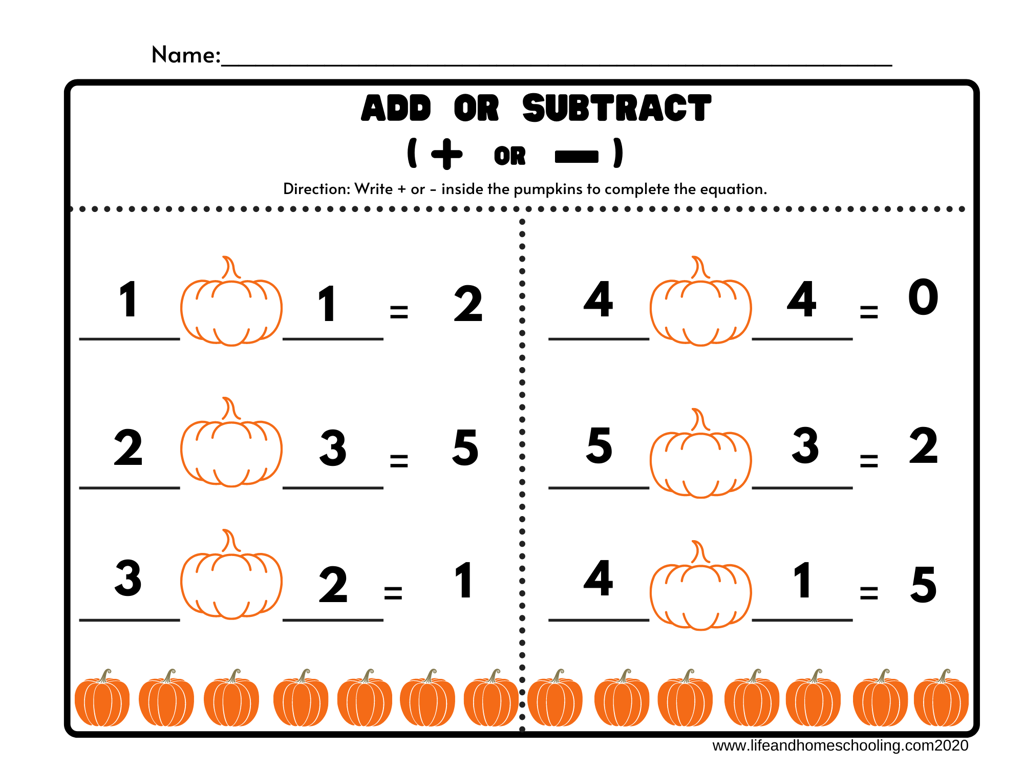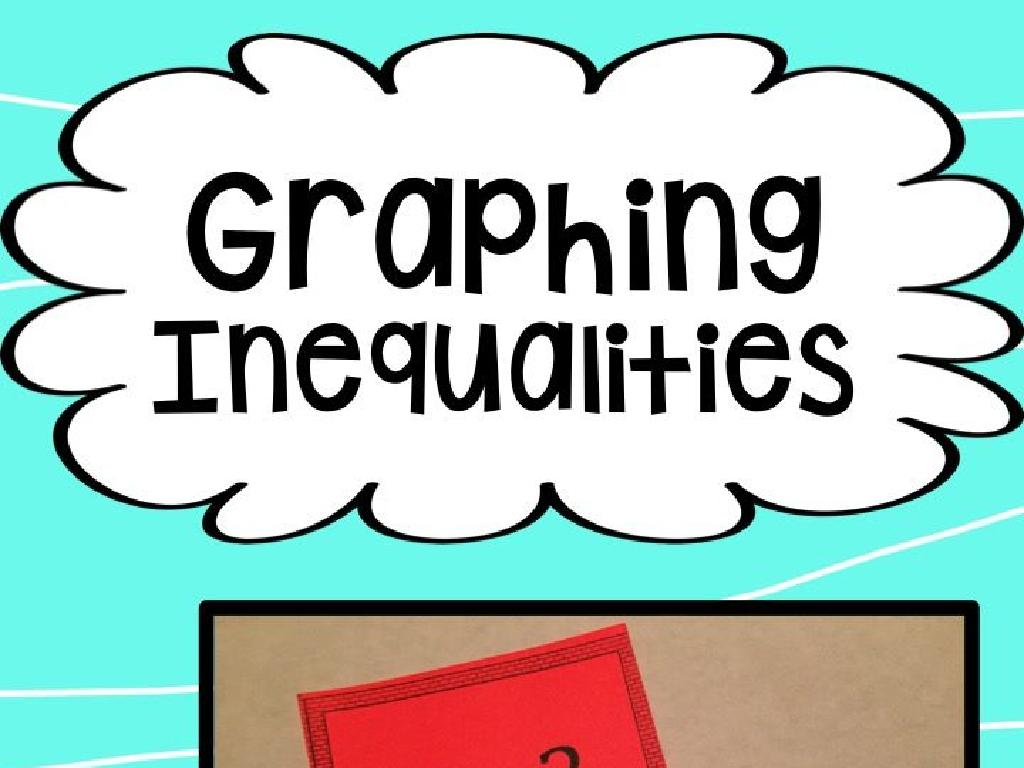Use Models To Add A Two-Digit And A One-Digit Number - Without Regrouping
Subject: Math
Grade: First grade
Topic: Addition: Two Digits
Please LOG IN to download the presentation. Access is available to registered users only.
View More Content
Welcome to Addition: Combining Numbers!
– Learn to add big and small numbers
– No regrouping needed
– When the sum is less than 10, we add without carrying over
– Adding helps in daily life
– Use addition when shopping or sharing snacks
– Practice with examples
– Try 23 + 5 or 46 + 2 to start!
|
This slide introduces first graders to the concept of addition without regrouping. Emphasize that adding is a basic skill that they will use often, not just in math class but also in real-life situations like counting items or dividing things equally among friends. Show them that when we add a two-digit number and a one-digit number, and the sum of the ones place is less than 10, we can simply combine the numbers without any extra steps. Provide clear examples and encourage students to practice with simple problems to build their confidence. Prepare to demonstrate with physical objects like blocks or counters to visually represent the concept.
Understanding Addition
– Addition combines numbers
– It’s like putting together 2 sets of objects to find the total count.
– Like adding toys together
– Imagine you have 3 toy cars and add 2 more, now you have 5 toy cars!
– No regrouping needed
– Let’s practice with examples
– Example: 23 (two tens and three ones) + 6 (six ones) = 29 (two tens and nine ones)
|
This slide introduces the concept of addition to first graders by relating it to a familiar activity: combining toys. Emphasize that addition is simply finding out the total number when we put groups together. Use tangible examples like toys to make the concept relatable. Clarify that for now, we are adding without regrouping, which means all the ones we add will stay in the ones place. Encourage students to use physical objects or drawings to visualize the addition process. Provide several examples and allow the students to practice adding two-digit and one-digit numbers using models such as base-ten blocks or drawings.
Adding Big and Small Numbers Together!
– Start with a big number like 23
– Add a small number like 5
– Use blocks to combine numbers
– If we have 23 blocks and add 5 more, count how many we have now.
– See how numbers add up visually
– Drawings show us adding 5 to the second ten, making it 28.
|
This slide introduces first graders to the concept of adding a two-digit number to a one-digit number without regrouping. Emphasize that they can use physical objects like blocks to represent the numbers, which makes it easier to visualize the addition process. Encourage them to count the blocks one by one to see how the numbers come together to form a new, bigger number. For visual learners, drawings can be very effective. Show them how to draw the two-digit number as tens and ones, and then add the one-digit number to the ones. This hands-on approach will help solidify their understanding of basic addition without the complexity of regrouping. Prepare to have enough blocks or counters for the activity and ensure that each student has enough space to work on their addition. You can also prepare simple drawing templates with tens and ones columns to help guide them through the process.
Adding Two-Digit and One-Digit Numbers
– Start with 23 apples
– Buy 5 more apples
– Count 23 blocks
– Imagine 23 blocks in a row
– Add 5 more blocks
– Place 5 more blocks after the 23rd
|
This slide introduces students to the concept of addition without regrouping using a relatable example of counting apples. Begin by explaining that we start with a certain number of items (23 apples) and then get more (5 apples). Use physical blocks or a drawn representation on the board to visually demonstrate the concept. Have 23 blocks lined up and then add 5 more, one by one, to help students see the total amount. Encourage students to count along as you add the blocks. This visual and interactive approach helps solidify the concept of addition in young learners’ minds. After the demonstration, ask the students to try similar examples with different numbers to practice the concept.
Adding with a Number Line
– Number lines show addition steps
– Start at the first number
– If we start at 23 on the number line…
– Make jumps equal to the second number
– …and we need to add 5…
– Find the sum where you land
– …we’ll land on 28, so 23 + 5 = 28
|
This slide introduces first graders to the concept of using a number line for addition without regrouping. Begin by explaining what a number line is and how it can be used as a visual tool for adding numbers. Demonstrate with an example, such as starting at 23 and making 5 jumps forward to land on 28. Emphasize that each jump represents adding one more. Encourage students to practice with their own number lines and examples. Provide several examples with different starting numbers and jumps to ensure understanding. This method helps students visualize the addition process and supports their numerical understanding.
Practice Time: Adding with Models
– Try adding using models
– No regrouping needed
– Start with the two-digit number
– If you have 23, that’s your starting point
– Count up to add the one-digit
– Add 5 more to 23, what number do you get?
|
This slide is designed for a hands-on activity where students will practice adding a two-digit number to a one-digit number using physical or visual models, such as blocks or drawings. Remind them that regrouping is not required for this exercise. They should start with the two-digit number and simply count up by the one-digit number. For example, if the two-digit number is 23 and they are adding 5, they should count up from 23; 24, 25, 26, 27, 28. Encourage students to use objects or drawings to represent the numbers and to visualize the addition process. Provide several examples and ensure that each student has a chance to try their own. Offer guidance and support as needed.
Class Activity: Building Block Addition
– Understand block addition
– Pick a two-digit number
– Any number from 10 to 99
– Choose a one-digit number
– Any number from 1 to 9
– Demonstrate addition with blocks
– Show how to combine blocks for total sum
|
This interactive class activity is designed to help first graders grasp the concept of addition without regrouping by using a tangible method. Provide each student with an assortment of building blocks. Guide them to first select a two-digit number and then a one-digit number. They will then use the blocks to represent each number physically. For example, if a student picks the number 23, they should group 2 sets of ten blocks and 3 single blocks. If they pick the number 5, they will take 5 single blocks. The students will then combine the groups of blocks to find the total sum. This hands-on approach makes abstract concepts more concrete and understandable. Encourage students to explain their thought process as they work through the activity. Prepare to offer assistance and ensure that each student has a clear understanding of the addition process without regrouping.
Great Work on Addition!
– Adding means putting together
– Two-digit plus one-digit
– Like 23 + 5, just add the ones place
– No regrouping needed
– Keep numbers under 10 simple
– Practice makes perfect
– Try with different numbers for fun
|
Congratulations to the students for learning how to add a two-digit number and a one-digit number without regrouping. Reinforce the concept that addition is simply combining numbers to find a total. Emphasize that when adding two-digit numbers to one-digit numbers, if the sum of the ones place is less than 10, there’s no need to carry over or regroup. Encourage students to practice with various numbers to build confidence. Provide additional worksheets for practice and consider pairing students for peer learning. Celebrate their success and progress in understanding addition!






